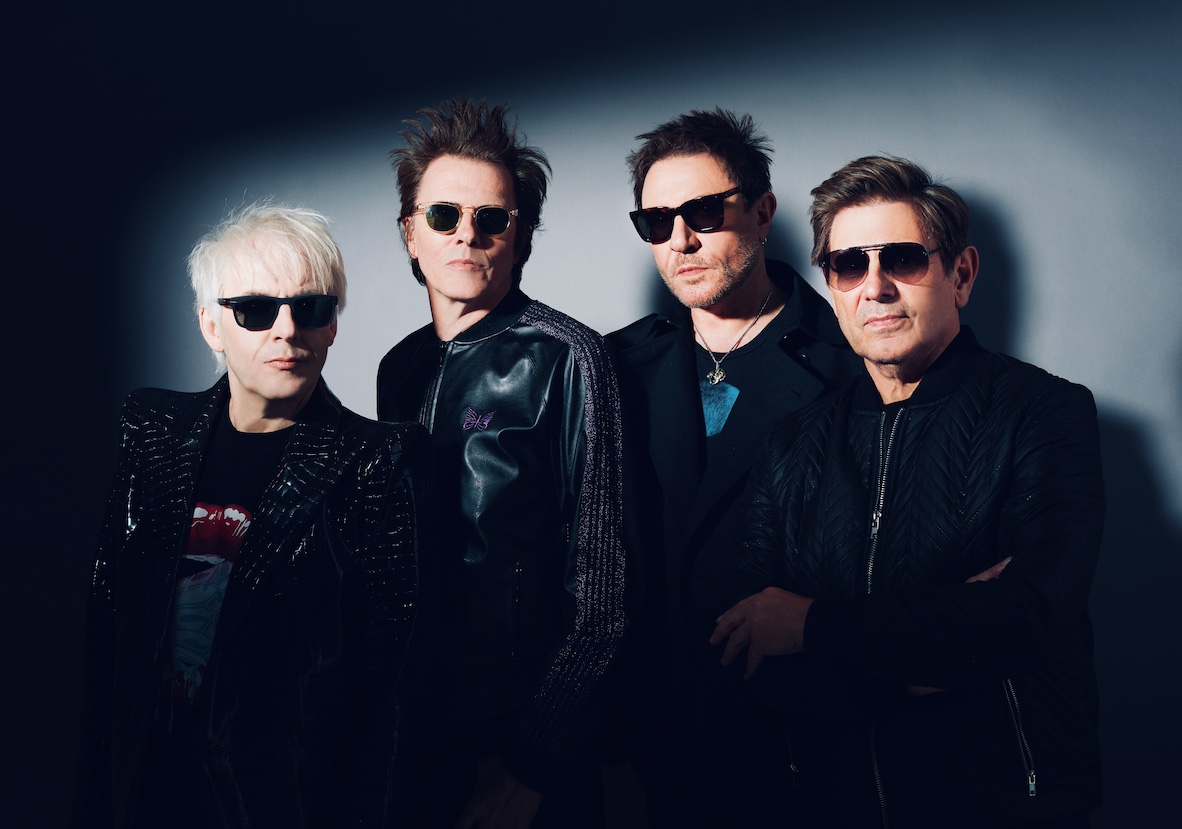
Duran Duran took the world by storm in the 1980s, but 2022 is shaping up to be a year to remember for the Birmingham band. In February, they netted their first nomination for The Rock and Roll Hall of Fame and released a deluxe edition of their excellent 2021 album, Future Past, featuring a new single “Laughing Boy.” Then this month, they announced a North American tour that will take the band across the continent in August and September.
Drummer Roger Taylor joined Duran Duran in 1979 and was with the band throughout their swift rise to stardom in the early ‘80s, playing on their wildly popular first three albums. In 1986, Taylor stepped away from the band, retiring to the English countryside. But he returned to Duran Duran in 2001 for the band’s fruitful third act, playing on five new studio albums since 2004. Taylor recently spoke with SPIN to talk about the new music, the Rock Hall nomination, and what it’s like to share a name with another famous drummer.
[embedded content][embedded content]
SPIN: Congratulations on the Rock and Roll Hall of Fame nomination. You guys have been eligible for over 10 years, so was it a surprise that it happened this year?
Roger Taylor: I think yeah, it was a surprise, because we didn’t get any lead up to it. Nobody said, “Oh, you might be getting nominated this year” or whatever. I just got a call on the morning saying that we’d got the nomination. And I gotta say, I nearly fell off my seat at that point, because it’s one of those things… You think maybe it’s gonna happen, then you kinda start to think maybe it’s not gonna happen.
It seems there have been more ‘80s bands getting consideration the last few years, even though they’ve been eligible for a while. Eurythmics are also nominated this year, so it’s interesting to see your generation get that recognition.
I think Depeche Mode got in there fairly recently, so when they got in there, we thought it was a possibility. But you never really know, do you? Because I guess Duran Duran’s not really a rock’n’roll… We’ve got a bit of rock’n’roll in us, but I wouldn’t say we were a down-the-line rock’n’roll band. I know it’s a very wide array of people that get in there, but we’re as rock’n’roll as I guess Dolly Parton. But always used real guitars, and the gigs were always a big part of our story. When a lot of the early ‘80s bands were just going completely electronic, we still kinda held on to that band thing.
I read Annie Zaleski’s 33 1/3 book about Rio recently, and I found it interesting that when she interviewed you for the book, you pointed out that you played an acoustic drum kit, but then played the tom-toms on electronic drum pads.
Yeah. I think the Simmons drum kit turned up at the studio one day, and I didn’t want to use a full electronic kit. But I tried the tom sound, which has now become the classic ‘80s kind of synth drum sound — which is on “Hungry Like the Wolf” at the end of the choruses. I just really liked that sound, so I thought “How are we gonna work that Simmons kit into the album?” So I just used the toms as overdubs and it kinda worked.
When you play live, do you have electronic pads with your set to play those parts?
I do, yeah. I have my real acoustic drum kit in front of me, then I have the electronic pads to the side, because I think people still like to hear the shit that went down on the record, don’t they?
Future Past gets a little electronic, but it still sounds like a live band, is it kind of a hybrid thing on there?
Yeah, there’s a lot of live playing on here. That’s one of the things Erol Alkan, the producer, wanted to achieve — because he’s a DJ and he was playing a lot of our early 12-inch records, which are all played completely live. He wanted to kind of reintroduce that factor into this record. So you’re kind of going to the past a little bit and fishing out the way we used to record these early records but kind of pushing it into the future. So I would say this record’s got one foot in the past and one foot in the future.
Did the title Future Past come in early as a deliberate description of the recording approach, or was that thought up later in the process?
It came in later, actually. I think John and Simon were having a conversation with somebody and they were describing the sound of the record to them, and somebody said, “Oh, it’s like your future and your past all mixed up together.” And I think John liked those two words together, so it became a very apt title for the album.
And you had, what, 10 years where you weren’t in the band or the music industry at all?
I did, yeah, more than 10 years. I rejoined the band in 2001, I’ve been back like 20 years, it just shows you the longevity the band has had. I think I was originally in the band for 6-7 years. The lifespan of this band has just been incredible. If you would’ve told me that when I was 19 years old, I would’ve thought you were crazy, that a band could last this long. I think we all feel very lucky to be still creating, still playing, still touring, it’s a great place to be.
When you were out of the band, did you think you would ever go back?
When I left, I felt I was done. I think that was it. I wanted to create a whole new life for myself that was outside the music business. I wanted to feel what normal life could be like. After joining the band at 19, the speed of the ascent of the fame and the reach of the band was not something that I ever foresaw. So I wanted some time where I want a bit of normal for a bit. But of course that can never really happen. Once you’ve been in a band like Duran Duran, you can never be a normal person again, because to everybody you’re known as “Roger Taylor from Duran Duran.” So I thought, y’know, I need to go back and embrace this for a while. I need to go back there and I need to get a positive thing out of this thing again — and I went back in 2001, and it’s been a great experience.
I always thought it was funny that you have the same name as Queen’s drummer, Roger Taylor, and you were both on EMI. Have you ever met him?
I have met him, he said to me, “When are you gonna fucking retire?” [Laughs.] But yeah, that is strange. Same record label, it’s bizarre.
Having the same last name as two of your bandmates must be odd too.
John [Taylor] tried to change my name once to Roger Rogers for a week to try to get a different name going. But it never stuck and I went back to Roger Taylor, and it’s been confusing ever since.
With the deluxe version of Future Past that came out a few weeks ago, were those 3 new tracks recorded along with the original album?
Yeah, they’re all recorded within that 2-year period.
How do you decide which songs will come out later?
Well, the album has to work as a whole piece for us. We’re still kind of in that era of time where the album has to be a piece of music that runs from start to finish. Everything has to flow, everything has to follow from the next song — like a musical concerto — in a way. So certain songs don’t quite fit into that. We don’t say that the songs aren’t as good, but they don’t kind of fit into the flow of the record, so they kind of get put on the back burner, and then we bring those out as additional pieces of music.
[embedded content][embedded content]
What’s your favorite Duran Duran record?
That’s a really tough question. It would have to be something from the Rio album, and I think the song that always jumps into my head — because it’s very different from all the other early work that we did — is “Save A Prayer.” We were all about the dancefloor on those early records and all about grooving four-on-the-floor, but somehow we came up with this kind of spiritual ballad in the middle of all of that. When I die, I think that’s one of the songs I will think, “Well, that was a really good one.”
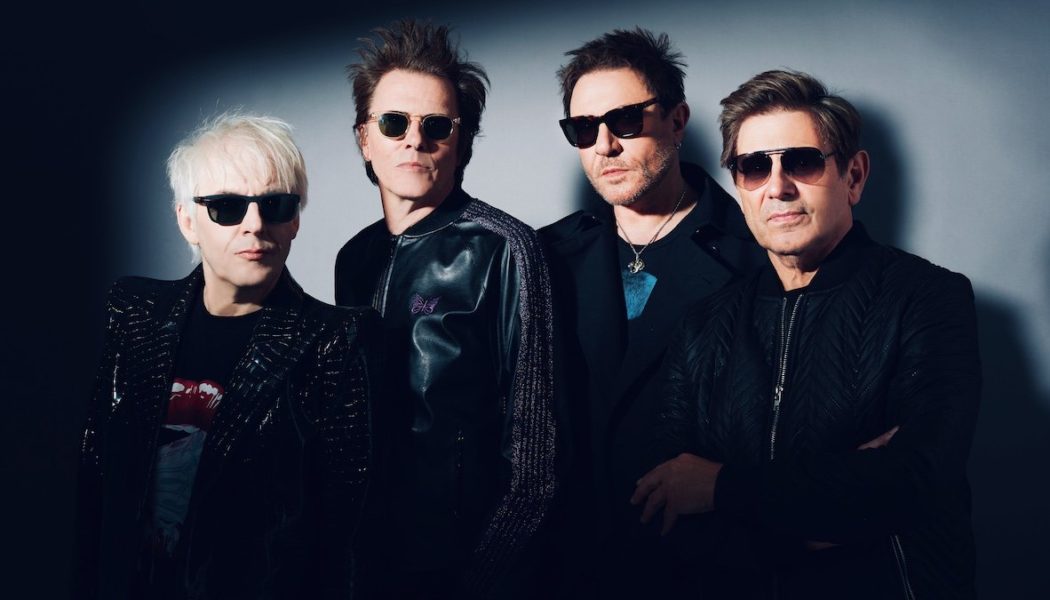

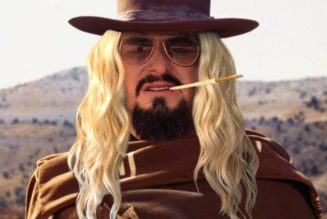
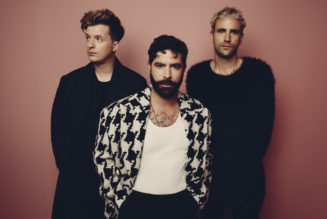
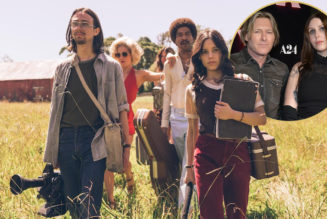
![Laidback Luke Launches New Mixmash Dating App to Connect Music Producers [Exclusive Interview]](https://www.wazupnaija.com/wp-content/uploads/2020/05/laidback-luke-launches-new-mixmash-dating-app-to-connect-music-producers-exclusive-interview-327x219.png)
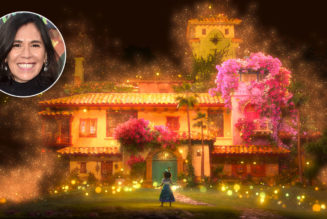
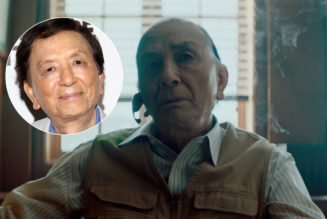
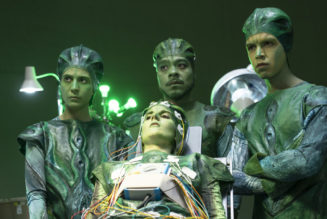
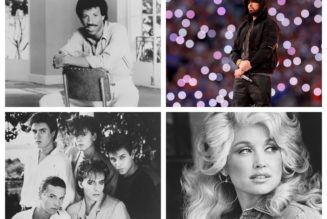
![Galimatias on Debut Solo Album: “I Promise to Direct a Cinematic Story in Your Mind” [Interview]](https://www.wazupnaija.com/wp-content/uploads/2020/08/galimatias-on-debut-solo-album-i-promise-to-direct-a-cinematic-story-in-your-mind-interview-327x219.jpg)
Tagged: duran duran, INTERVIEWS